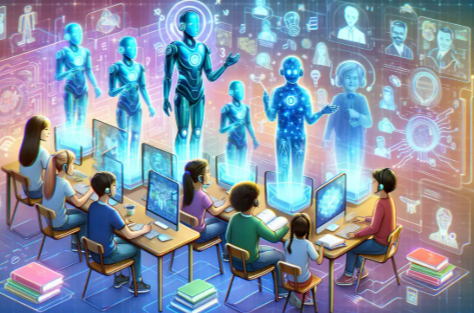Artificial Intelligence has emerged as a pivotal tool in the realm of natural disaster prediction. By harnessing extensive datasets and sophisticated algorithms, AI enhances forecasting accuracy. Machine learning techniques enable the analysis of historical data patterns, which can lead to improved prediction reliability. However, the integration of AI in disaster management is not without challenges. Understanding these complexities is essential to grasp the full potential and limitations of AI in this critical area.
Understanding Artificial Intelligence and Its Applications in Disaster Prediction
Artificial intelligence (AI) represents a transformative force in the field of disaster prediction, harnessing vast data sets and advanced algorithms to enhance forecasting accuracy.
By employing machine learning techniques, AI analyzes historical data patterns, while predictive analytics models assess the probability of future events.
This integration not only improves decision-making but also empowers communities, promoting a proactive approach to disaster preparedness and response.
Read more: Understanding the Ethics and Impact of Deepfake Technology
Key Technologies Driving AI in Natural Disaster Forecasting
The integration of key technologies significantly amplifies the capabilities of AI in natural disaster forecasting.
Machine learning algorithms analyze vast datasets, identifying patterns that predict events with increased accuracy. Coupled with advanced data analytics, these technologies enable real-time assessments and improved forecasting models.
As a result, stakeholders can make informed decisions, enhancing preparedness and response efforts in the face of natural disasters.
Benefits of Implementing AI in Disaster Management
Effective disaster management hinges on the integration of advanced technologies, with AI offering transformative benefits.
By enabling real-time analysis, AI enhances situational awareness, allowing responders to make informed decisions swiftly. Additionally, AI improves risk assessment processes, identifying vulnerable areas and populations.
These capabilities ultimately lead to more efficient resource allocation and better preparedness, significantly reducing the impact of natural disasters on communities and enhancing public safety.
Challenges and Limitations of AI in Predicting Natural Disasters
While AI provides significant advantages in disaster management, it is not without its challenges and limitations.
Issues such as data quality impact prediction accuracy, while model bias can skew results.
Ethical concerns arise regarding data use, alongside resource limitations that hinder effective implementation.
Furthermore, integration challenges across diverse systems complicate the process, ultimately affecting the reliability of AI in predicting natural disasters.
Conclusion
In conclusion, the integration of artificial intelligence in predicting natural disasters represents a seismic shift in disaster management, transforming raw data into actionable insights with unparalleled precision. By harnessing advanced technologies, AI enhances forecasting accuracy and situational awareness, ultimately safeguarding communities. However, challenges such as data quality and algorithmic biases persist, necessitating ongoing research and development. As AI continues to evolve, its potential to revolutionize disaster preparedness and response grows, promising a future where proactive measures can mitigate catastrophic impacts.



